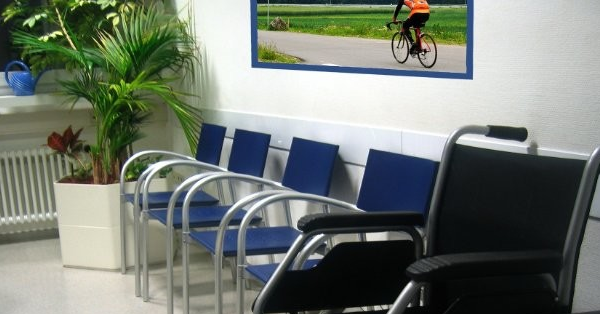An IT system itself doesn’t have much value besides its practical utility and this may differ a lot between different options available on the market. Often times the cheapest option gets chosen with no evidence on its overall economic efficiency. While quality-in-use would make a huge difference, it’s still rarely included within the criteria for tendering. Fortunately, it’s possible to spot the main obstacles and overcome them:
- Public procurement, especially under the strict EU regulations, requires all of the criteria to be predefined and objectively reproducible.
- Documented usability testing tends to require heavily equipped labs and a whole team of consultants to conduct testing and laborious reporting.
Challenge completed and usability worth €18M gained
A Finnish project called Apotti will replace most of the Electronic Health Record (EHR) systems in the country’s capital region. Two prospective system vendors were considered for the project at the final stage of the procurement. The deal was awarded to the system vendor with a price tag of 385 million euros, which was €65M more expensive compared to the second one. The winning system was considered to provide a higher additional value (equivalent to €89M) than its extra price, and usability counted €18M out of it (20% weighing within quality criteria).
Adusso’s UXblackbox™ tools in hands of usability professionals played an important role in making this decision possible in such a multi-million investment:
- Traceable evaluation of usability and objective evidence for procurement scoring straight from the tests.
- Usability tests conducted cost-efficiently in two regular office rooms in parallel and only one professional per test employed for running the sessions.

